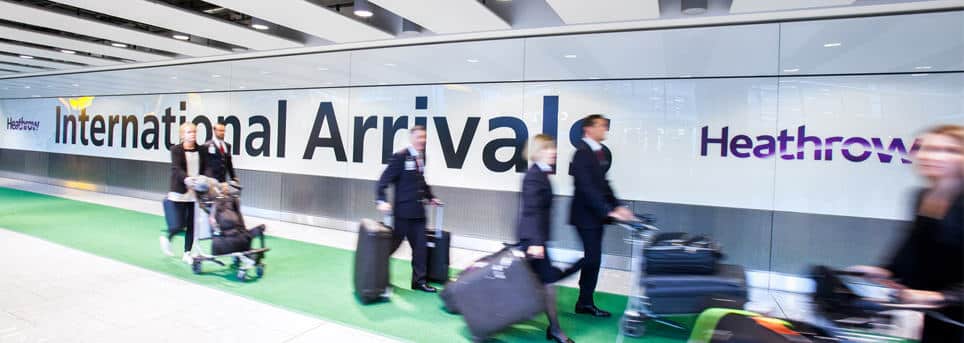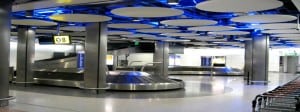The Challenge
For the Terminal 2 Arrivals Project we were required to prove whether there was sufficient capacity for baggage offload, conveyor and reclaim to meet the demand from the proposed designs.
As Terminal 1 had enough capacity to handle the baggage requirements from Terminal 2, we were required to engage with all stakeholders to provide a baggage MUP plan that ensured that the baggage flows would work and that there would be no blockages. This involved negotiating with all ground handlers and airlines to ensure they had the desired space, at the right time, within tight capacity constraints.
The Solution
To inform the client and stakeholders, we developed a simulation using the same data and assumptions as previous similar projects. This was divided into two components (Tug Train offloading & Bags on Conveyors/Reclaims) for simplicity, speed and cost.
With this simulation, using Transvision AiR, we were able to advise BAA that there was sufficient capacity for the new T2 arrivals offload and reclaims. We were also able to explore whether they would meet their airline arrivals delivery performance target of 85% of all bags coming to T2 within 25 minutes of arrivals, to meet the required passenger experience. Our demonstration, using Transvision AiR, was able to prove that the plans would achieve that requirement.
We also developed a MUP plan and were able to advise on additional capacity to increase MUP in T1, for added benefit to the client.
The Benefit
Our demonstrations and simulations gave the client and all stakeholders confidence that the new plans for baggage hall at T2 would work, and within agreed targets for improved passenger experience. We were able to do this using a proven system that, additionally, allowed us to advise on additional, unseen capacity. We did this working closely with Gebler Tooth Architects and Babcock International, who undertake daily planning for LHR.
- Stakeholder integration and acceptance
- Optimised capacity within existing structures
- Use of data and simulation to provide effective capacity planning
- Prevented unnecessary investment costs
- Improved passenger customer service and airport experience
- Efficient communications and decisive management
- Integrated approach


